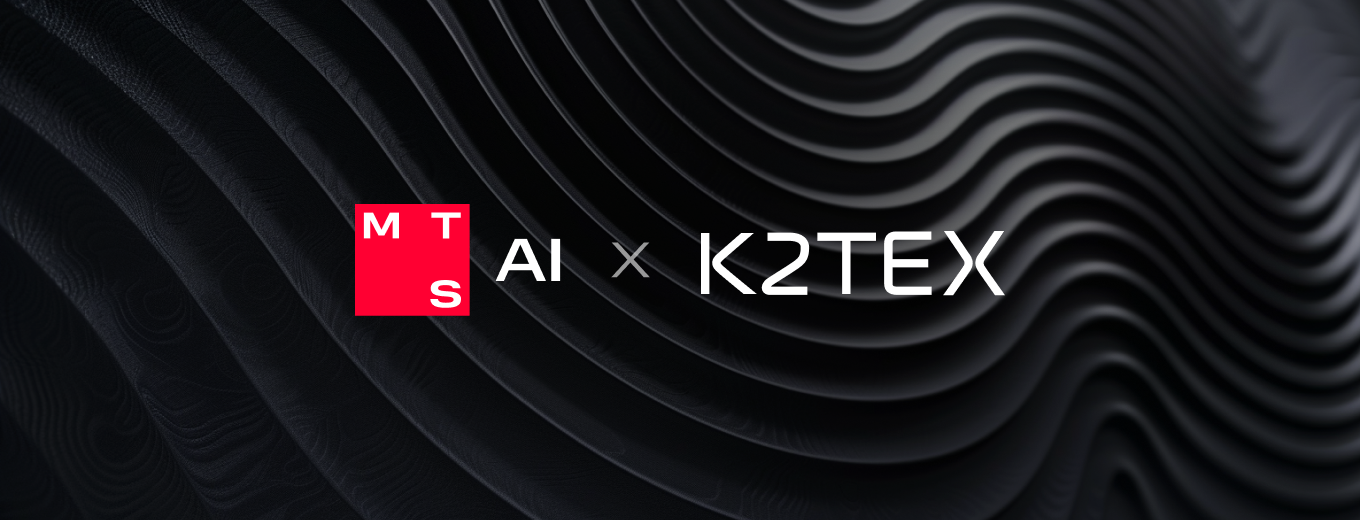In the first May issue of #InFocusAI we will talk about the 6G race of technological countries, the new HR policy of IBM, automation of instruction creation for LLM, glasses with built-in ChatGPT for the blind and ML models saving Amazon forest.
AI focused digest – News from the AI world
Issue 17, 20 April – 4 May, 2023
The era of 6G is coming sooner than anyone thought
Alongside the big AI race of technology countries, another race — in the field of 6G mobile networks — has started. This is hardly surprising, as the rapid development of AI requires rapid advances in communication technologies, not only in terms of data flow rate but also security. Last week, the global media got a wave of newsbreaks about 6G. In particular, US Federal Communications Commission Chairwoman Jessica Rosenworcel, after a big meeting with telecommunication companies at the White House, said that 6G networks could arrive earlier than expected, and the US will take into account lessons from 5G rollout. This was followed by news from China about the authorities intending to step up research efforts on 6G. And what is more, in the last week of April Spanish IMDEA Networks Institute and Telefonica together with a Japanese IT company NEC Corporation and international IT consulting company BluSpecs have announced the launch of the Enable-6G international research project. Amid this surge of news comes an earlier announcement by the South Korean authorities to start commercial use of 6G in 2028 — two years earlier than planned. Meanwhile in Russia, scientists at the Moscow Engineering Physics Institute (MEPhI) have reportedly created software that calculates quantum processes in multilayer heterostructures (basic materials for building optoelectronics), which could speed up the emergence of 6G technology. Who will win this race is an open question. But there is a curious study on this topic from Australia. Spoiler alert: so far, China is in the lead.
Researchers found out how to automate creation of instructions for LLM
Researchers from Microsoft and Peking University have found a way to automate instruction creation for training large language models. Right now, LLM training is based on the tasks, each accompanied by a small set of “training” instructions. These training instruction sets are created by people (yes, it is also done manually for ChatGPT), which requires a lot of time and manpower. However, far from always can humans produce complex instructions that could be used to train the model to work with complex requests. An alternative to manual creation of such guides was, expectedly, found in the language models themselves. The researchers proposed to use Evol-Instruct that utilizes LLM to generate a large volume of instructions of various complexity. The method can be described in three steps:
1. Take a simple initial instruction and randomly select one of the options of its development. The first option — In-depth Evolving: adding constraints, concretizing, increasing reasoning steps. The second one — In-breadth Evolving: creating a new instruction based on the given instruction.
2. Generate a response based on the new, evolved instruction, developed by one of the above options. This is how each instruction is tested.
3. Eliminate failed instructions.
To verify the method, the research team developed instruction sets and used them to train a new model, which they called WizardLM. Users evaluated its outputs even higher than ChatGPT during testing. Of course, the researchers emphasise that their model is still a long way from the OpenAI brainchild, but the approach to configuring LLM using automatically generated AI instructions is a promising direction for improving large language models. They detail their method in this article, and kindly published the codes on GitHub.
Envision paired CV with ChatGPT to help the blind
Netherlands-based company Envision added to its Google Glass solution for the blind the Ask Envision feature that is based on the most advanced version of ChatGPT. Forbes proclaimed the improvement a game changer in the development of assistive technologies for the visually impaired. Before ChatGPT, the eyewear’s functions were limited to capturing and simple read-out of text information. In other words, in order to find out the invoice amount, the wearer had to listen to everything written on the bill. Thanks to the new feature, users can ask questions about the document by voice, as if they were talking to a person. As ChatGPT is trained on massive data sets, the Ask Envision features are not limited to just “fishing” for relevant information from text. With this tool, it is possible to summarise long documents, translate foreign language information, analyse graphs, choose optimal routes and even ask it to voice information from a restaurant menu in the style of Eminem. More scenarios on the use of the technology in this Forbes article.
IBM to pause hiring employees whose role could be replaced with AI
IBM will stop hiring employees whose job may be automated with artificial intelligence in the next five years. That is the statement made by Arvind Krishna, Chief Executive Officer of one of the world’s oldest IT corporations, in an interview to Bloomberg. Experts estimate that AI could replace around 7,800 of IBM’s current 260,000 employees. Most of them are in the back office. “I could easily see 30% of that getting replaced by AI and automation over a five-year period”, Krishna said, citing the example of some HR positions within the company. The agency notes that hiring for software development and customer-facing roles continues. “For how long?” we ask…
Artificial intelligence will help to save the Amazon forest
The non-profit environmental organisation Imazon developed an ML model that predicts which area of the Amazon tropical forest will suffer deforestation in the very near future — within a year. In this way, environmentalists want to move towards proactive actions to save the “lungs of the planet”: not waiting for the forest to be lost but working with local authorities to take steps to prevent it. The AI model operates by analysing two types of data. First, the geostatistics information and historical data from the annual government monitoring system for deforestation. Second — two types of variables. The first type — factors slowing down deforestation, such as land protected by Indigenous communities or conditions that make agricultural expansion difficult. The second type — deforestation accelerators: population density, the presence of rural settlements, legal and illegal road infrastructure. The last one includes roads constructed by illegal loggers. This is the most important factor in deforestation prediction. As Imazon states, 90% of deforestation is concentrated within 5.5 km of roads and 90% of forest fires occur within 3 km. More about the project and its significance you will find in The Guardian.













